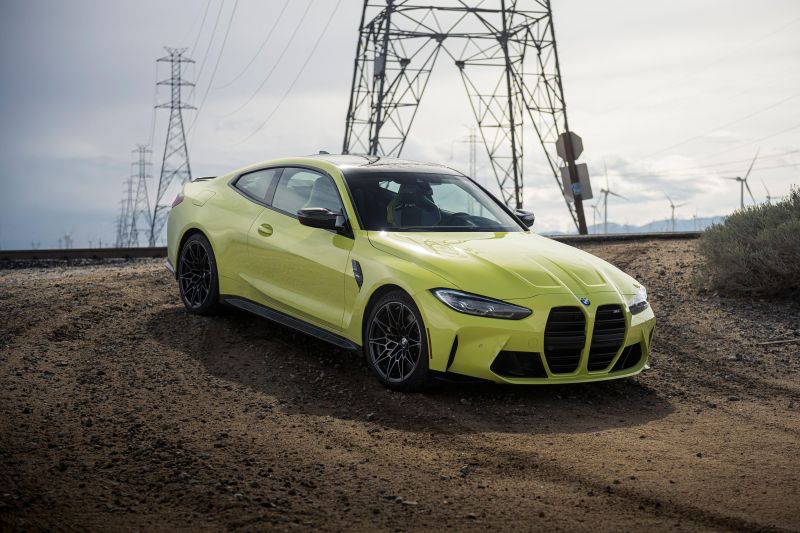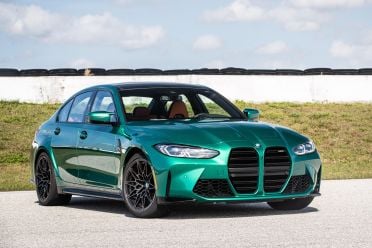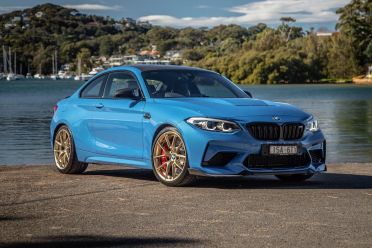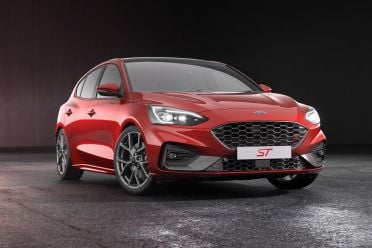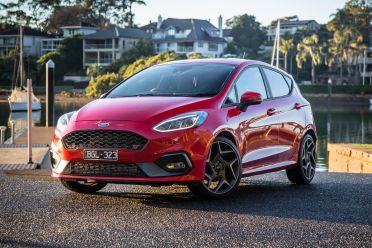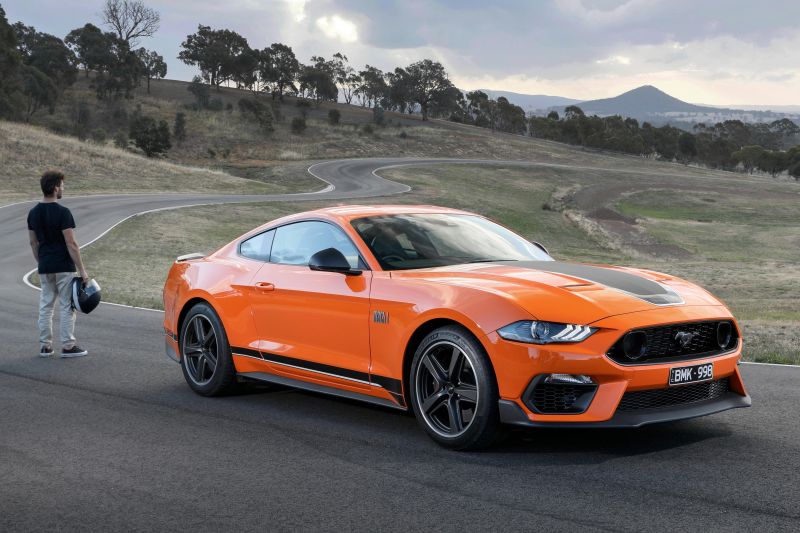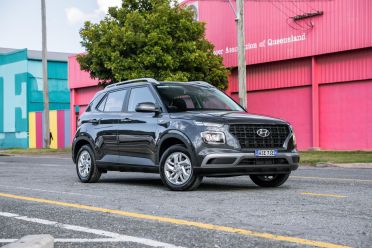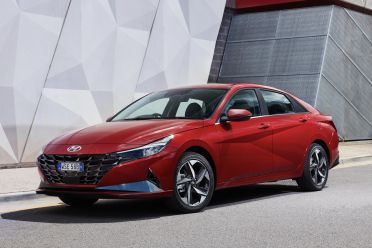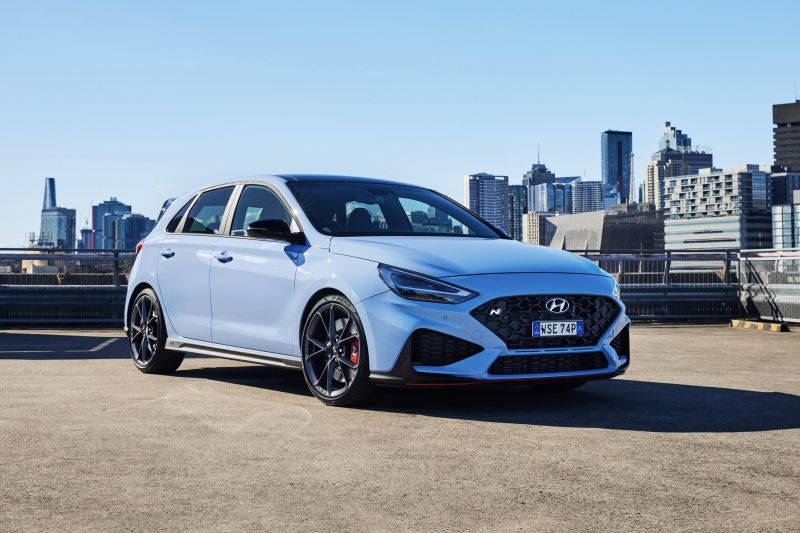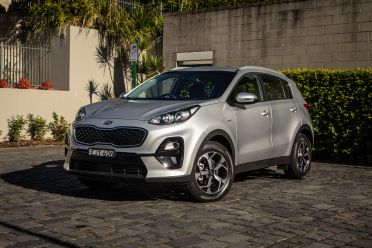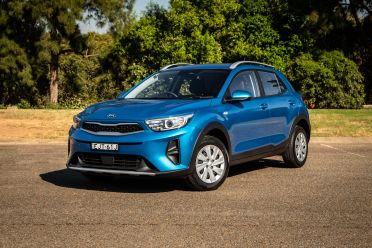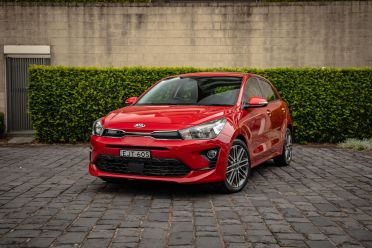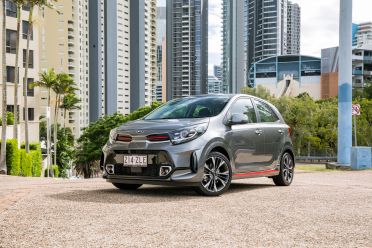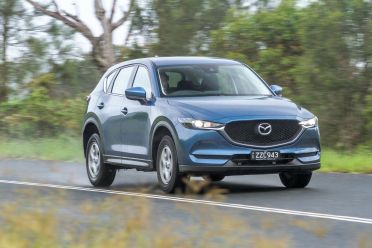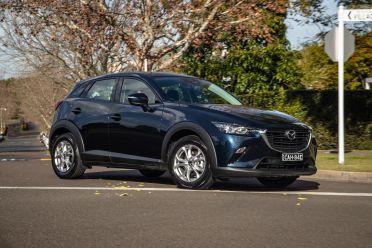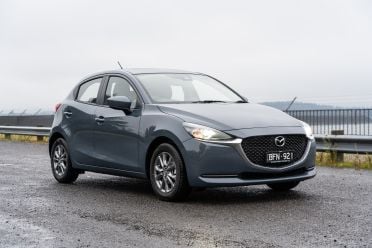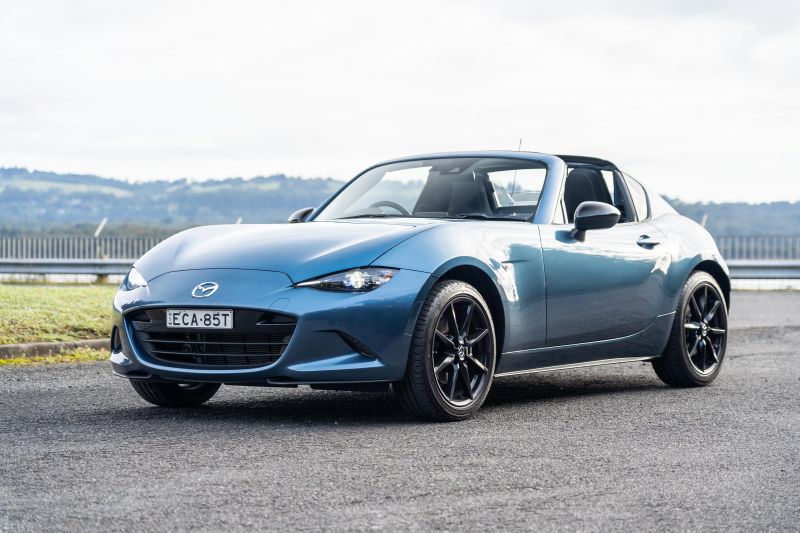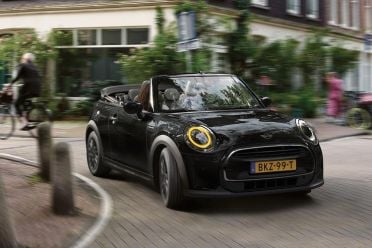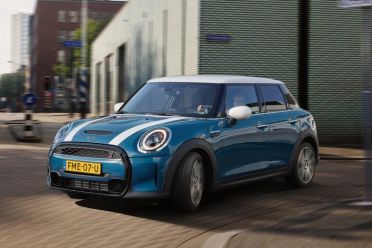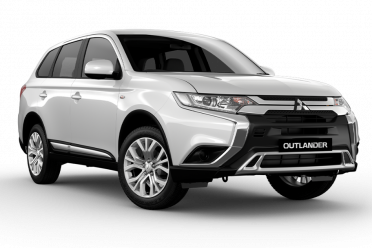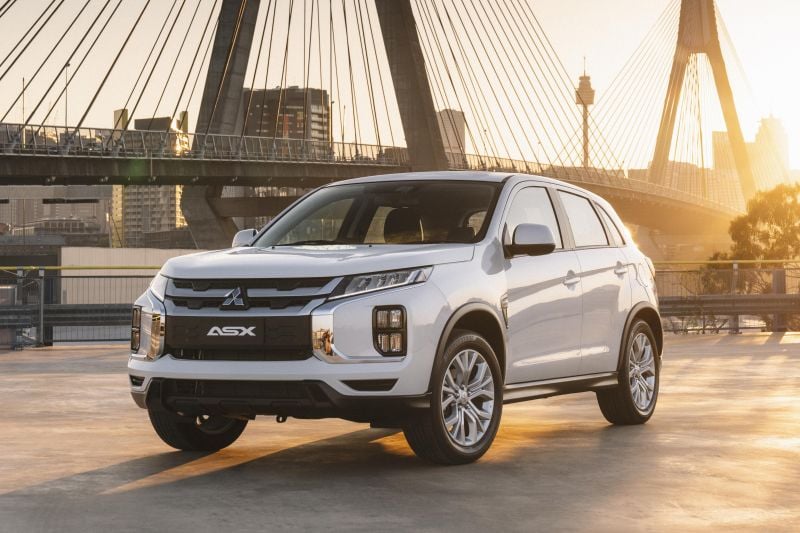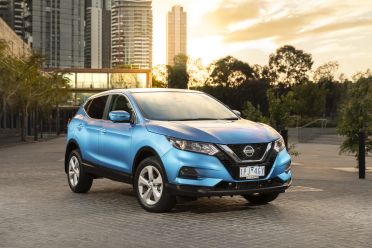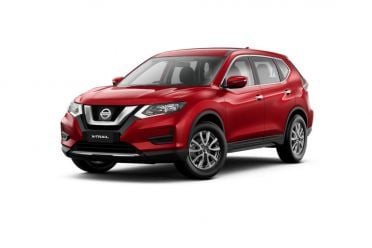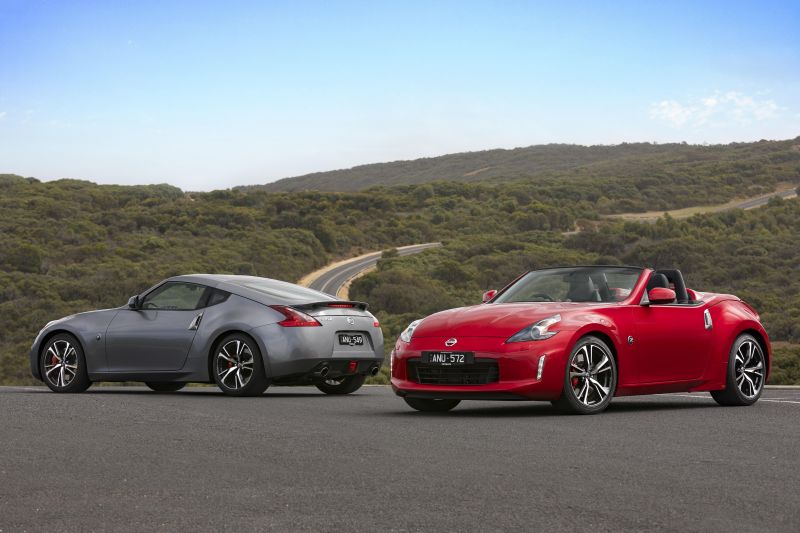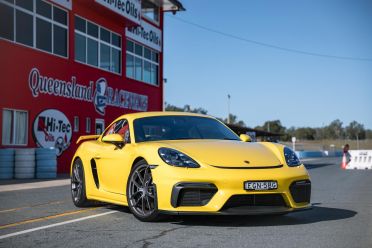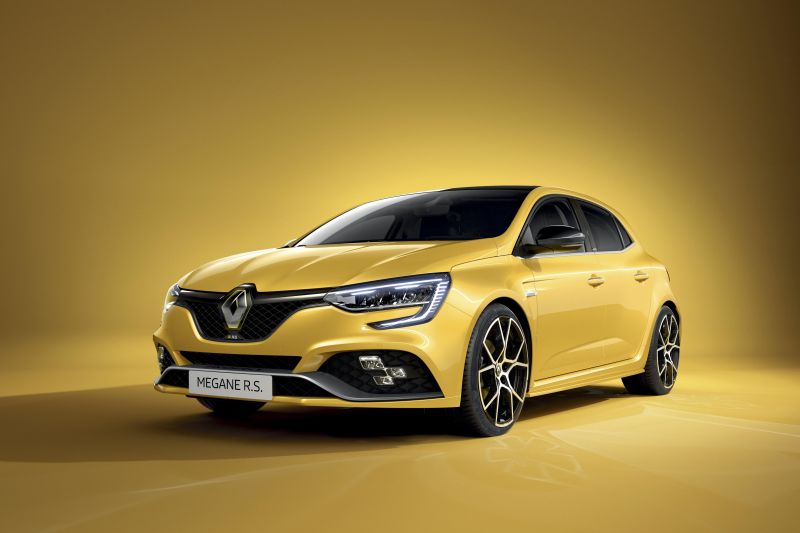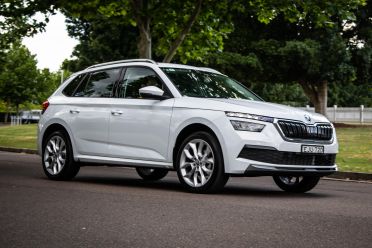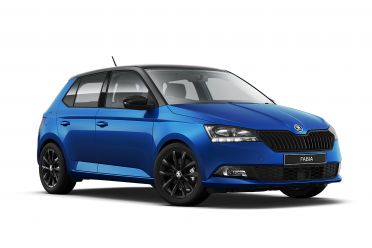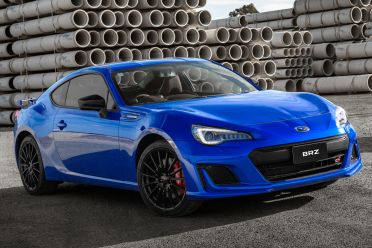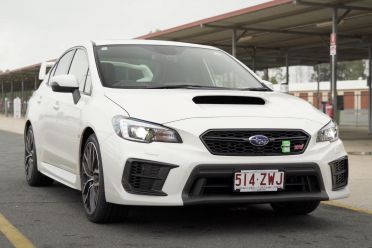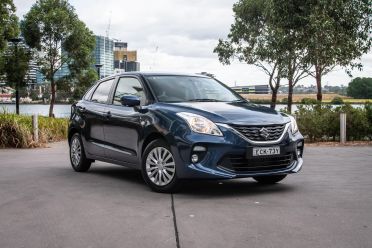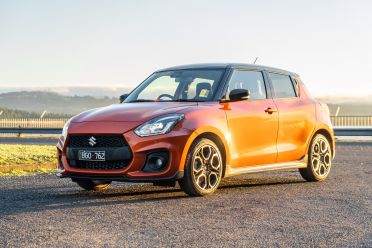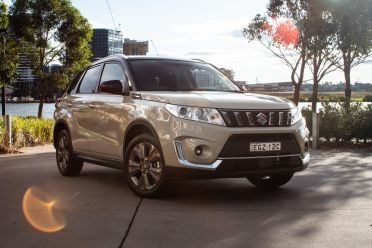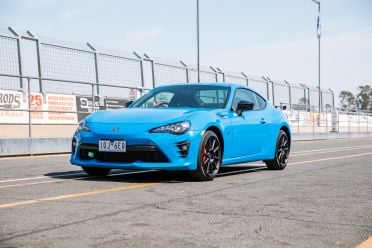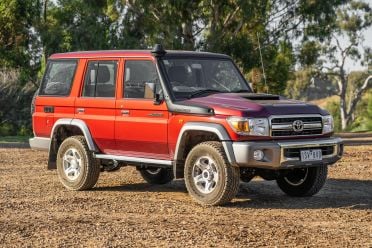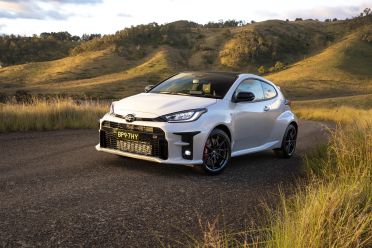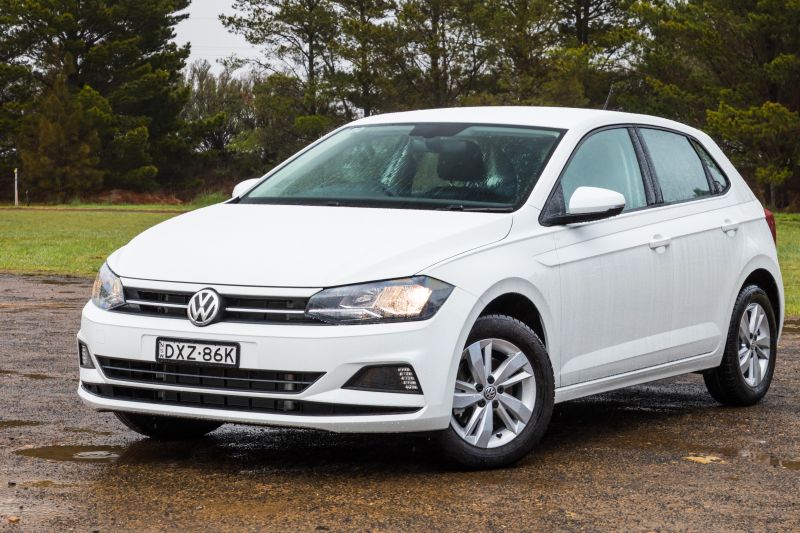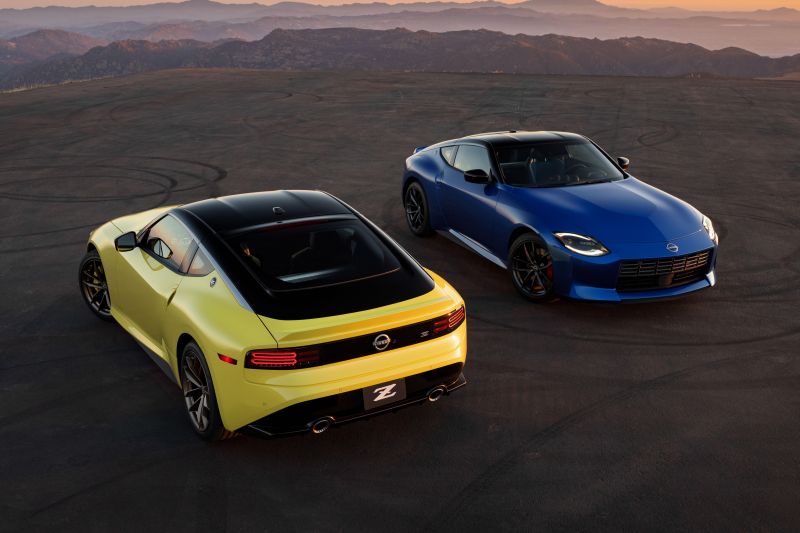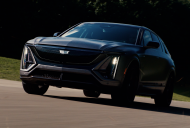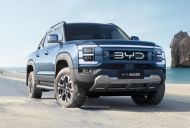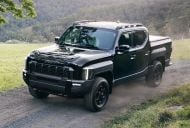The recent axing of manual transmissions from the Toyota (non-GR) Yaris and Corolla lines is yet more proof the manual transmission is on its way out in Australia.
Data from the Federal Chamber of Automotive Industries (FCAI) shows that just over five per cent of passenger cars sold in Australia in 2020 were equipped with a manual transmission, while only 1.15 per cent of SUVs had one.
Some brands, like MG and Jeep, don’t currently sell any cars with manual transmissions here. Others, like Peugeot and Mercedes-Benz, only offer them in their commercial vehicles.
Manual transmissions still remain widely available in the ute and van segments. But even in the ute segment, there are signs this is fading. The latest up-spec models in, for example, the Ford Ranger and Toyota HiLux lines are auto-only, while the new GWM Ute is available only as an auto.
The mass exodus of the manual transmission isn’t just occurring in the mainstream car and SUV segments. At the top-end of the market, you won’t find many manual transmissions left.
There are no row-your-own Ferrari or Lamborghini models, for example.
Let’s look at the vanishing few manual-equipped car and SUV options that remain.
BMW
There’s not a single Mercedes-AMG, or Audi S or RS model, available in Australia with a manual transmission. Meanwhile, BMW offers three M cars.
The discontinuation of the manual Z4 sDrive20i leaves the M3 and M4, and the outgoing M2 manuals as BMW’s only three-pedal options.
In the M3 and M4, the manual means you miss out on the more powerful Competition tune of the twin-turbo 3.0-litre inline-six.
Manual models, available exclusively with rear-wheel drive, produce 353kW of power and 550Nm of torque and do the 0-100km/h sprint in 4.2 seconds against the 375kW and 650Nm outputs and 3.9 second time of the Competition.
M2 models receive the same 302kW/550Nm twin-turbo 3.0-litre inline six, regardless of transmission, but the available seven-speed dual-clutch slashes the 0-100km/h time from 4.4 seconds to 4.2 seconds. The redesigned M2 is expected to continue to offer a manual.
Since the first quarter of this year, BMW has sold 85 M2 CS coupes, 222 M3 sedans and 124 M4 coupes.
Manual models have accounted for 42 per cent of M2 sales, 6.3 per cent of M3 sales and 5.6 per cent of M4 sales.
Fiat
Stellantis offers the Fiat 500 and its sportier Abarth 595 counterpart with a choice of a five-speed manual or a five-speed ‘DuaLogic’ semi-automatic across their entire model ranges.
We’ve contacted Stellantis Australia to confirm the manual/auto split.
Ford
Ford offers a standard manual transmission in all three of its performance models in Australia: the Fiesta ST, Focus ST and Mustang. In the Fiesta ST it’s the only transmission, while the Focus ST offers a choice of six-speed manual or seven-speed automatic transmissions.
The turbocharged four-cylinder Mustang High Performance and the V8-powered Mustang GT and Mach 1 pack a six-speed manual as standard, with a 10-speed automatic optional.
Since January 2020, the manual option has accounted for 33 per cent of Focus ST sales. It’s also been the preferred choice of 29 per cent of Mustang buyers.
Hyundai
While the Accent may be gone, its indirect replacement, the Venue light SUV, still comes with a manual transmission.
The base and Active trim levels are available with a choice of six-speed manual or six-speed automatic transmissions, though the top-spec Elite is auto-only. Despite this, only seven per cent of Venue sales in 2020 were the manual. That’s approximately 257 sales.
Manual transmissions are slightly more popular in the i30 line, though this is likely helped by the presence of the hot i30 N. Until very recently, the N was available solely with a six-speed manual.
In 2020, manual-equipped models accounted for six per cent of i30 hatchback sales, with the percentage increasing to nine per cent when you add the N into the mix.
Hyundai offers a manual transmission not only in i30 hatchback models, but also in the newer i30 Sedan. It’s not restricted to warm N Line and hot N models, either, with the i30 Sedan Active and base i30 hatch also featuring a standard six-speed manual.
Their corporate cousin the Kia Cerato, however, lost its manual option with its recent facelift.
Kia
Given the redesigned Hyundai Tucson no longer offers a price-leader manual variant, we expect the related Kia Sportage to lose this option too.
Kia currently offers twice as many manual options in its Sportage range than rivals like the Nissan X-Trail but don’t get too excited – that means it has two manual variants. Available in S and SX trim, the six-speed manual has accounted for 53 sales from January to July 2021, or one per cent of Sportage sales.
Kia has continued to occupy the micro and light car segments with its Picanto and Rio, both of which offer the option of a manual. A manual is standard on all Picanto variants and mandatory in the top-spec GT; in the Rio, the flagship GT-Line is the only variant to not offer a manual.
The same applies for Kia’s smallest SUV, the Stonic, which is no surprise as it’s essentially a Rio in a different suit.
A manual isn’t terribly popular on any of these models. To the end of July 2021, Kia has sold 173 manual Picantos, 129 manual Rios and 124 manual Stonics.
That means four per cent of Picanto and Rio sales are of manual models and just three per cent of Stonic sales are of the manual.
Lotus
Lotus is definitely an outlier in this article. Its Elise and Exige are manual-only, with only the outgoing Evora offering the option of an automatic.
Its replacement, the Emira, will differ – the standard supercharged 3.5-litre V6 will offer a choice of manual or automatic transmissions, while the optional Mercedes-AMG-sourced turbocharged 2.0-litre four will come exclusively with a dual-clutch automatic.
Mazda
Mazda might just be the king of manual transmissions.
It’s perhaps not unusual it offers the CX-5 with one in its base trim, and it’s not at all unusual exactly one per cent of all CX-5 sales from January to July 2021 were of the Maxx manual.
Likewise, the CX-30 offers a base trim manual. With 120 sales so far this year, it has a slightly higher take rate of 1.5 per cent.
What’s more impressive is that Mazda offers a manual transmission in every single Mazda 3 variant, regardless of engine, trim level or body style. An automatic transmission is a $1000 option across the board.
Manual models have accounted for 3.83 per cent of sedan sales and 5.4 per cent of hatchback sales this year, or 4.9 per cent of total Mazda 3 sales. Almost exactly two-thirds of Mazda 3 sales this year have been of the hatchback, by the way.
Even more surprising, Mazda offers a manual transmission throughout most of the CX-3 line-up. It’s only available with front-wheel drive, but it’s available in every trim level bar the new Maxx Sport LE and Akari LE grades.
Its popularity decreases the further up the range you go – from January to July 2021, Mazda sold just 34 Akari manuals against 243 manual Maxx Sports.
However, a clutch pedal is still a more popular option than all-wheel drive in the CX-3, with the manual accounting for 4.8 per cent of CX-3 sales this year but all-wheel drive accounting for only 3.6 per cent.
You can still buy a manual Mazda 2, but it’s exclusive to the entry-level G15 Pure. While you might think this segment would be one of the remaining bulwarks for the manual transmission, the MG 3 has shown how little one is needed as it’s rocketed to the number one spot in sales with an auto-only line-up.
Just 0.9 per cent of Mazda 2 sales this year have been of the G15 Pure manual.
The MX-5 manual fares a lot better. In fact, it has one of the highest uptakes of any manual-equipped car on the market, with the three-pedal option accounting for almost exactly half (49.7 per cent) of all MX-5 sales from January to July 2021.
Mini
Mini specialises in small, fun-to-drive vehicles, so it’s not surprising manual transmissions are widely available in its line-up.
You can get a manual in every single Convertible variant, every single hatchback bar the electric SE, and all Cooper S models in the Clubman range. That leaves just the John Cooper Works Clubman and the Countryman without a row-your-own option.
Despite this widespread availability, manual Mini model sales account for only a small portion of sales.
In the 12-month period up to June 2021, 6.4 per cent of hatchbacks sold, 4.4 per cent of Convertible models, and just 2.5 per cent of Clubman models were equipped with a manual.
Mitsubishi
Like Mazda, Mitsubishi makes a manual available in base model versions of its small and mid-sized SUVs. But while the ASX ES manual is essentially identical to its six-speed automatic counterpart specification-wise, the Outlander ES manual uses a different, less powerful 2.0-litre engine to its (2.4-litre) auto counterpart and misses out on a raft of features.
That includes convenience features like automatic headlights and rear air-conditioning vents, as well as crucial safety features like autonomous emergency braking.
Mitsubishi has yet to confirm if a price-leader manual version will be available in the redesigned Outlander, due before the end of 2021, though we strongly suspect one won’t be.
The company also offers a standard manual in its Kia Picanto-rivalling Mirage. It’s available only in the base ES trim and carries a $1500 saving over the optional continuously-variable transmission.
Mitsubishi Australia has confirmed that, over the past 12 months, manual-equipped models have accounted for six per cent of Mirage sales, three per cent of Outlander sales, and just two per cent of ASX sales.
Nissan
Nissan is another brand that offers a manual transmission only in the base variants of its small and mid-sized SUVs.
Like Mitsubishi with its Outlander, the base X-Trail ST manual also makes do with a smaller, less powerful engine – its 2.0-litre four is down 20kW and 26Nm on the 2.4-litre in the ST auto.
At least it has the same equipment list as its CVT-equipped counterpart, while the Qashqai ST manual is identically-specified to its CVT counterpart.
Neither are terribly popular – they each accounted for less than five per cent of each model line’s sales in 2020 and the first half of 2021. More popular was the six-speed manual option in the 370Z sports car.
In the same year, it accounted for 27 per cent of total 370Z sales, rising to 42 per cent in the first six months of 2021.
Porsche
Porsche offers a six-speed manual transmission across its 718 Boxster and Cayman ranges, from the turbocharged four-cylinder base models up to the naturally-aspirated six-cylinder GTS 4.0 and GT4 models.
The flat-six 718s are much more popular with the manual, with Porsche confirming around 50 per cent of six-cylinder 718 sales are of the manual variants. The manual accounts for only around five per cent of four-cylinder 718 sales.
A manual is also offered in the 911 coupe in Carrera GTS, GT3 and GT3 Touring models. The track-focused GT3 models are often specified with the six-speed manual, with the stick accounting for around 50 per cent of sales. In the turbocharged GTS, the manual accounts for only around 10 per cent of sales.
Renault
With the discontinuation of the Clio and Zoe, Renault sells just one car in Australia – the Megane hatchback – in a single RS Trophy 300 trim level.
But while Renault has gradually whittled down the Megane range, removing the sedan and wagon and all bar the hottest of variants, it has kept the manual transmission option.
Even in the hot hatch segment, a manual transmission isn’t a given nowadays. The six-speed unit is a considerable $3000 cheaper than the optional six-speed dual-clutch automatic.
Despite the saving, the manual accounted for only 19 per cent of Megane sales in 2020.
Skoda
The outgoing Fabia, set to be replaced in 2022, is currently being sold in special 70TSI and 81TSI Run-Out Edition hatch and wagon variants.
The 70TSI hatch and wagon pack a five-speed manual, though they have a less powerful 70kW/160Nm turbo 1.0-litre three-pot. Opting for the seven-speed dual-clutch bumps you up to the 81TSI, which offers 11kW and 40Nm more.
A six-speed manual is available in both the Kamiq and Scala in base 110TSI Ambition guise, and costs $2000 less than the available dual-clutch automatic.
Volkswagen Group Australia didn’t provide a percentage figure for its manual-equipped models.
Subaru
Subaru’s two performance models, the BRZ and WRX, are the only two models in its range that still offer the option of a manual transmission.
Given the WRX’s heritage and the BRZ’s purist bent, it’s perhaps not surprising manual transmissions remain relatively popular in these model lines.
Subaru says manuals account for around 30 per cent of total WRX sales and BRZ sales, and says this has long been the case for the current generation of these vehicles.
Suzuki
The ageing S-Cross is the only Suzuki not available with a manual transmission while in the Baleno, Ignis and Vitara lines, a manual is available only in the base models.
It’s available in both Jimny trim levels, while every Swift bar the GLX offers the choice between a manual and an auto.
The Jimny is by far the Suzuki with the highest percentage of manual sales. Last year, there was an even 50/50 split between the manual and auto nationwide, though year-to-date it’s sitting at 38 per cent for the manual and 62 per cent for the auto.
It’s a steep drop to the Swift, of which 10 per cent of sales – or around 433 sales – last year were of manual-equipped models.
Manual-equipped models accounted for seven per cent of Ignis sales last year, six per cent of Baleno sales and five per cent of Vitara sales, with these percentages remaining the same in 2021.
Suzuki Queensland says its state’s Swift Sport sales last year were 41 per cent manual but the Swift range was only 14 per cent manual overall, pointing out manual take rates are a “largely self-fulfilling prophecy on what’s available to purchase”.
Toyota
Toyota recently axed the manual Corolla and Yaris, but you can still get a third pedal in the GR Yaris, 86, RAV4 and LandCruiser 70 Series. In the GR Yaris and 70 Series, it’s the only transmission option.
Toyota has confirmed the RAV4 manual is here to stay. That’s despite the manual RAV4, available only in base GX trim, accounting for an absolutely tiny percentage of total sales.
Toyota has confirmed the GX trim level accounts for a quarter of RAV4 sales, but only 1.4 per cent of GX sales are of the manual. In other words, less than 1.0 per cent of RAV4s are equipped with a manual, a smaller percentage than even the Kia Sportage and Mitsubishi Outlander.
Considerably more popular with a manual, unsurprisingly, is the 86 coupe. Last year, it accounted for 41 per cent of overall 86 sales, a higher percentage than its Subaru twin.
Volkswagen
You can still get a manual transmission in the Polo and even in the redesigned Mk8 Golf, but not in the sporty variants. That’s despite a six-speed manual being made available in the redesigned Golf GTI in markets like the US.
The current generation of Polo GTI arrived in Australia in 2018 sans a manual, while the Golf GTI and R also lost their manual variants that year.
The Polo offers a manual in its two most affordable grades – a five-speed in the 70TSI Trendline and a six-speed 85TSI Comfortline – while the Golf only offers a six-speed manual in its entry-level variant.
Volkswagen Group Australia says the percentage of Polo and Golf models sold with manual transmissions is in the single-digit range.
The manual transmission isn’t dead yet, and there are still some upcoming vehicles set to offer a three-pedal option in Australia like the next Nissan Z and the redesigned Honda Civic Type R.
Nevertheless, with manufacturers and countries alike talking of a switch to all-electric cars, it’s clear the writing is on the wall for the humble stickshift.
What’s remarkable is how it’s almost entirely vanished from the types of niche exotica where it once thrived. Equally remarkable is how even in the more price-conscious light and small car segments, the number of options is rapidly declining.
We may soon be at a point where manual SUVs are dead, and the last remaining manual cars are niche models like the Mazda MX-5 and Toyota 86.


